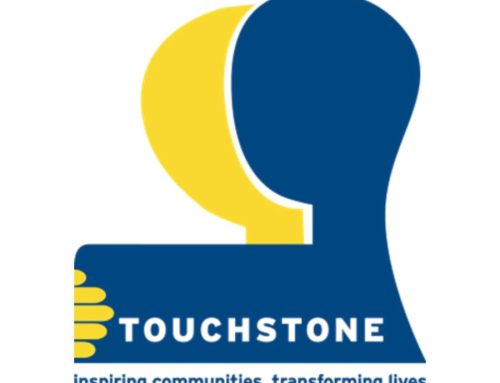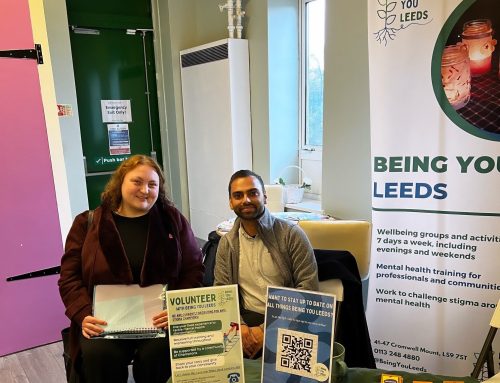For Mental Health Awareness Week on 8th to 14th May, John Halsall from the Community Development Service has written the third in a series of data blogs. This one looks at the findings from a national survey of mental health. Do take a few minutes to find out what the survey uncovered.
In September 2016, NHS Digital published a national survey of mental health problems and treatment, the Adult Psychiatric Morbidity Survey.
This data blog highlights some of the main findings for the most common mental health problems, and it looks at some of the health inequalities and what Touchstone has been doing to address them:
- Mental health problems are common, and were found to be more common among some groups.
- Access to treatment was found to be lower among Black and minority ethnic communities and among young adults aged 16 to 24.
- Touchstone has been building resilience in communities and challenging stigma and discrimination around mental health.
Common Mental Health Problems
- 1 in 6 adults (17%, ) had a common mental health problem, such as depression, anxiety, panic attacks, phobias, and obsessive compulsive disorder.
- Common mental health problems were more common among some groups:
- People who were not in employment (almost 1 in 3 people)
- People on any out-of-work benefit (almost 1 in 2)
- People aged under 60 living alone (1 in 3 women, 1 in 4 men)
- Women living in large households (1 in 4 )
- Young women aged 16-24 (1 in 4)
- Black and Black British women (29%)
- People in poor physical health, including long term health conditions
- People with lower intellectual ability (1 in 4 )
A number of different risk factors and protective factors combine to produce these variations. Not all of the risk factors and protective factors are mentioned above.
Mental health treatment and use of services
- Overall, 1 in 8 (12%) adults were receiving treatment for a mental health problem: they received medication, or talking therapy, or both.
- 1 in 3 (37%) of the people who had a common mental health problem were receiving treatment for it.
- The survey found inequalities in who was receiving treatment. Out of those people who had a common mental health problem,
- Women
- White British people and
- People aged 35 to 54
were more likely to be receiving treatment, after controlling for other factors using modelling.
- Young people aged 16-24 were significantly less likely to receive treatment than adults aged 25 to 74, after controlling for other factors.
- Only 7% people from Black and minority ethnic communities said they were receiving treatment for a mental health problem (chart 1), while 13% of White British people said they were receiving treatment for a mental health problem.
Chart 1
- People in the Black / Black British ethnic group had particularly low treatment rates (chart 2), after controlling for other factors using modelling. People from other minority ethnic communities also had lower treatment rates than White British people (chart 2). The same pattern was found in the 2007 survey.
Chart 2
A number of barriers can prevent people in all communities from accessing help for mental health problems, including stigma, and awareness about what services are available, and how services can help.
What Touchstone has been doing to address some of these inequalities
- Touchstone Community Development Service has delivered dozens of interactive mental health awareness sessions which help participants to identify personal, social and health assets. These assets build resilience and help to maintain positive mental health.
- Touchstone Community Development Service has engaged with communities and faith groups to challenge stigma and discrimination by recruiting and training volunteer mental health facilitators from diverse backgrounds. These volunteers engaged in their own communities and promoted positive mental health.
About the Adult Psychiatric Morbidity Survey
During 2014, the survey interviewed 7,500 people aged 16 and over, across England about their mental health, wellbeing and treatment. The people interviewed were a representative sample of the whole population of England who were living at home.
You can find the full report here, including a summary:
http://content.digital.nhs.uk/catalogue/PUB21748




